Travelling with your little one can be both exciting and challenging, especially when it comes to keeping you and your baby comfortable throughout the journey. For breastfeeding mums, carrying a breast pump adds an extra layer of considerations—how to pump on the plane, where to store breast milk, and understanding airline regulations. Fortunately, with a bit of preparation and having portable electric breast pumps with you, you can navigate airports and flights with ease.
Now, let’s explore some essential steps for a smoother and more confident pumping experience while flying.
Getting Ready Before Your Flight
Pack Your Mumilk Pumping Kit for Travel
Preparation is key when travelling with your breast pump. Remember to keep all of your pumping essentials in one place to ensure quick access when you need them, especially during security checks or while on the plane. Here’s what you need to pack:
-
Portable breast pump
-
Breast pump charger or charging cord
-
Cleaning wipes
-
Insulated cooler
Keeping your pumping essentials in a baby bag makes it easier to stay organised. With its compact design and convenient compartments, you can keep everything together and easily accessible, making your journey a little easier.

How to Keep Breastmilk Frozen While Flying?
To ensure your expressed breastmilk stays frozen during the flight, here are some tips you can follow:
-
Use an insulated cooler. Invest in a high-quality, insulated cooler bag that can maintain a cold temperature for hours.
-
Pack storage bags tightly. Packing the breastmilk storage bags tightly minimises air pockets, which can prevent thawing.
-
Add dry ice. Compared to ice packs, dry ice maintains low temperatures suitable for freezing for extended periods, which are ideal for long flights. Remember that you can only bring 2.5kg of dry ice and must be contained in a ventilated container. Check with your airline for specific regulations on carrying dry ice.
-
Keep the cooler tightly sealed. Once you’ve passed the security screening at the airport and all your belongings have been inspected including your breastmilk and other accessories, keep the cooler tightly closed to maintain its cold temperature.
Keep in mind not to let the breastmilk defrost during travel. If it does thaw, use it within 24 hours and do not refreeze it to avoid potential health risks. [1] For the most up-to-date information on the best storage practices, refer to the Australian Breastfeeding Association's guidelines.
What Aviation Regulations Say About Breastmilk and Pumps
In Australia, the Department of Home Affairs is responsible for carrying out the civil aviation standards determined by the International Civil Aviation Organisation. There are different guidelines for carrying breastmilk for domestic and international flights departing from Australia: [2]
Domestic Flights
There are no restrictions on the amount of powders, liquids, aerosols, and gels you can carry on a domestic flight. However, keep in mind that limitations apply when connecting to an international flight or if your domestic flight is departing from an international terminal.
International Flights
While there are no quantity restrictions for organic powders like powdered baby formula, limitations apply for inorganic powder, liquid, aerosol, or gel items for international flights:
a. Travelling with Your Baby
Expressed breastmilk that can be taken on board is limited to a “reasonable amount” above the standard liquid restrictions (100mL), which is determined by the airport's security screening officers.
b. Travelling Without Your Baby
You may only take expressed breastmilk in your carry-on bag in containers of 100mL or less. It must be contained in a transparent, resealable plastic bag with four sides adding up to no more than 80cm (e.g., 20x20cm or 15x25cm).

Entering Australia with Expressed Breastmilk
Individuals can carry no more than 10L or 10kg of expressed breastmilk provided that it is only for personal use of infants under their care.
If you’re not travelling with your baby, an importer declaration is required, stating that (a) the milk is not sourced from donors and/or commercial enterprise, and (b) the milk is no more than 10L or 10kg.
As the Australian Department of Agriculture implements strict biosecurity controls at its borders, remember that a departmental officer has the right to assess your items and determine the appropriate action based on the regulations in place.
Is a breast pump allowed for carry-on on a plane?
Breast pumps are generally allowed in carry-on luggage. Many airlines consider them medical devices exempt from carry-on restrictions. However, it’s always best to check with your specific airline for their policies, as some may have rules or restrictions.
Does a breastmilk cooler count as a carry-on?
Breastmilk coolers can generally be carried on board, especially if you’re travelling with your baby. Many airlines consider them medically necessary and do not count towards your carry-on limit. However, airlines may have different policies on this, so make sure to check with your specific airline before flying.
Pumping at the Airport

Declaring Your Breastmilk and Pump at the Airport
Breastmilk, frozen ice or gel packs, breast pumps, and insulated coolers need to be declared separately during check-in and security screening. The screening process can take around an hour or more, so make sure you arrive at the airport at least 3 hours early to allow ample time before your boarding.
Finding a Quiet Spot to Pump
Many major airports in Australia have dedicated lactation rooms or nursing pods for mums who want to breastfeed or pump in private. These facilities are often equipped with comfortable seating, power outlets, changing tables, and sinks, offering mums a private space for pumping or breastfeeding. Check if the airport has private lactation rooms, especially if you plan to arrive hours before your flight or you have a long layover.
Pumping on the Plane
Option 1: In-Seat Pumping
If you plan on pumping on your seat, it’s best to book a window seat if possible for more privacy and less disruption from other passengers. For a discreet and comfortable pumping experience, it’s recommended to use a wearable breast pump. Its wireless, compact design means you can easily slip it inside your nursing bra for hands-free pumping without the need to be tethered to an outlet.
To maintain privacy while pumping in your seat, consider draping a nursing cover over your chest or using a lightweight scarf. You may also wear a breastfeeding jumper with a two-way invisible front zipper so you can easily and discreetly access the pump.
Option 2: Using the Lavatory
Plane lavatories are usually not the most comfortable or hygienic places for expressing milk. However, if pumping in your seat is not an option or you want to do it with absolute privacy, you can opt to pump in the lavatory as an alternative.
Only bring the essentials into the lavatory, like your portable breast pump, storage bags, and cleaning wipes, to reduce the clutter in an already small space. After expressing milk, avoid leaving it in the lavatory for too long and immediately store your breastmilk in a cooler or insulated container.
Since lavatories are shared spaces, be mindful of the time and try to keep your pumping session short and efficient.
Option 3: Pumping Before Boarding or After Landing
For those who prefer not to pump mid-flight, you can pump right before boarding or after landing. It can be a great option if you want to avoid the hassle of pumping in-flight and have access to better nursing facilities like dedicated lactation rooms at the airport. Make sure your expressed milk is secured in a tightly sealed, leak-free container to ensure it stays safe and fresh throughout your journey.
Note: If you’re travelling internationally, you might want to check if the place or country you’re in has certain cultural considerations or restrictions around breastfeeding and pumping in public spaces. Familiarise yourself with local customs and airport facilities before your trip to avoid any surprises.
How do you store breast milk after pumping while travelling?
Use your insulated cooler bag with frozen ice packs or dry ice to keep the milk cold while travelling. Remember that freshly expressed milk can only be stored for 6 to 8 hours at room temperature (26°C or colder), and up to 72 hours in the cooler at 5°C or lower. [3]

After Landing
Before you hit the hay after the flight, there are some things you should cross off in your to-do list to ensure that your breastmilk and pumps are well taken care of.
-
Store your expressed milk properly. Once you’ve reached your accommodation or home, transfer your breastmilk to a refrigerator or freezer immediately to maintain its freshness.
-
Clean your breast pump and accessories. Properly sanitise your breast pump, bottles, and storage bags. Carefully disassemble all pump parts and wash all parts (except the motor) thoroughly with soap and warm water. Remember not to place any parts of the breast pump in the dishwasher to avoid damage.
-
Recharge your pump. Plug your electric breast pump to recharge so it is always ready to go when you need it.
-
Relax and hydrate. Travelling, especially on a plane, can be dehydrating. Make sure to drink plenty of water to replenish after a long journey and maintain your milk supply.
Travel with Confidence with Mumilk
Flying as a breastfeeding mum doesn’t have to be stressful. By planning ahead, following airport and airline regulations, and using the right gear like Mumilk breast pumps, you can ensure your pumping routine remains uninterrupted—no matter how far you travel.
FAQ
1. Is it OK to breastfeed on a plane?
Yes, breastfeeding on a plane is generally acceptable, and most airline companies have become more accommodating to the needs of nursing mums and their babies. Breastfeeding during takeoff and landing can also help relieve your baby’s ear discomfort. Follow the seat belt policy when breastfeeding during takeoff and landing. [4]
2. Does flying affect breast milk supply?
Flying does not inherently affect breast milk supply, but stress, dehydration, or long periods between pumping sessions can. To maintain your milk supply, stay hydrated, avoid caffeinated drinks, get enough rest, and try to stick to your normal feeding or pumping schedule. [5]

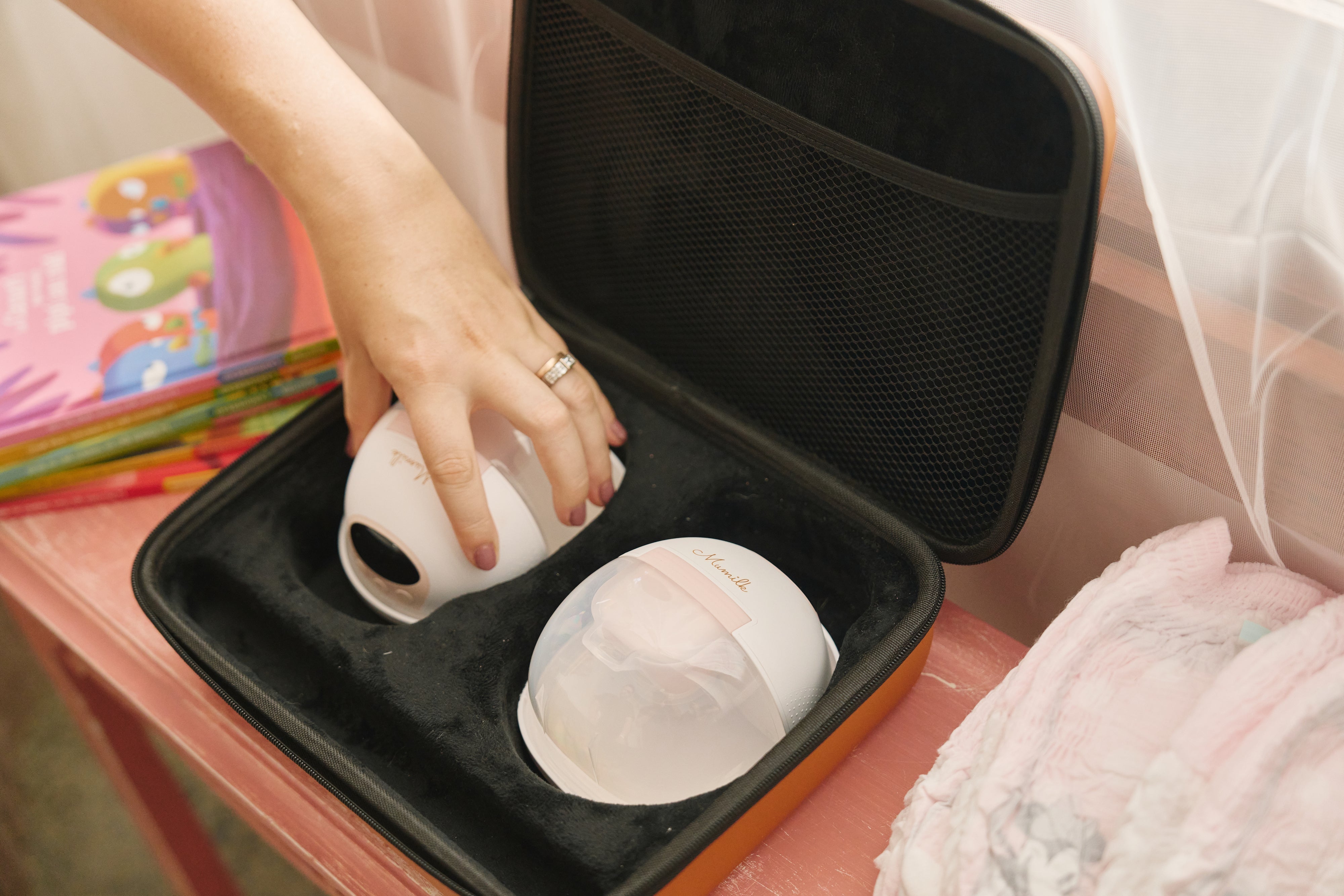

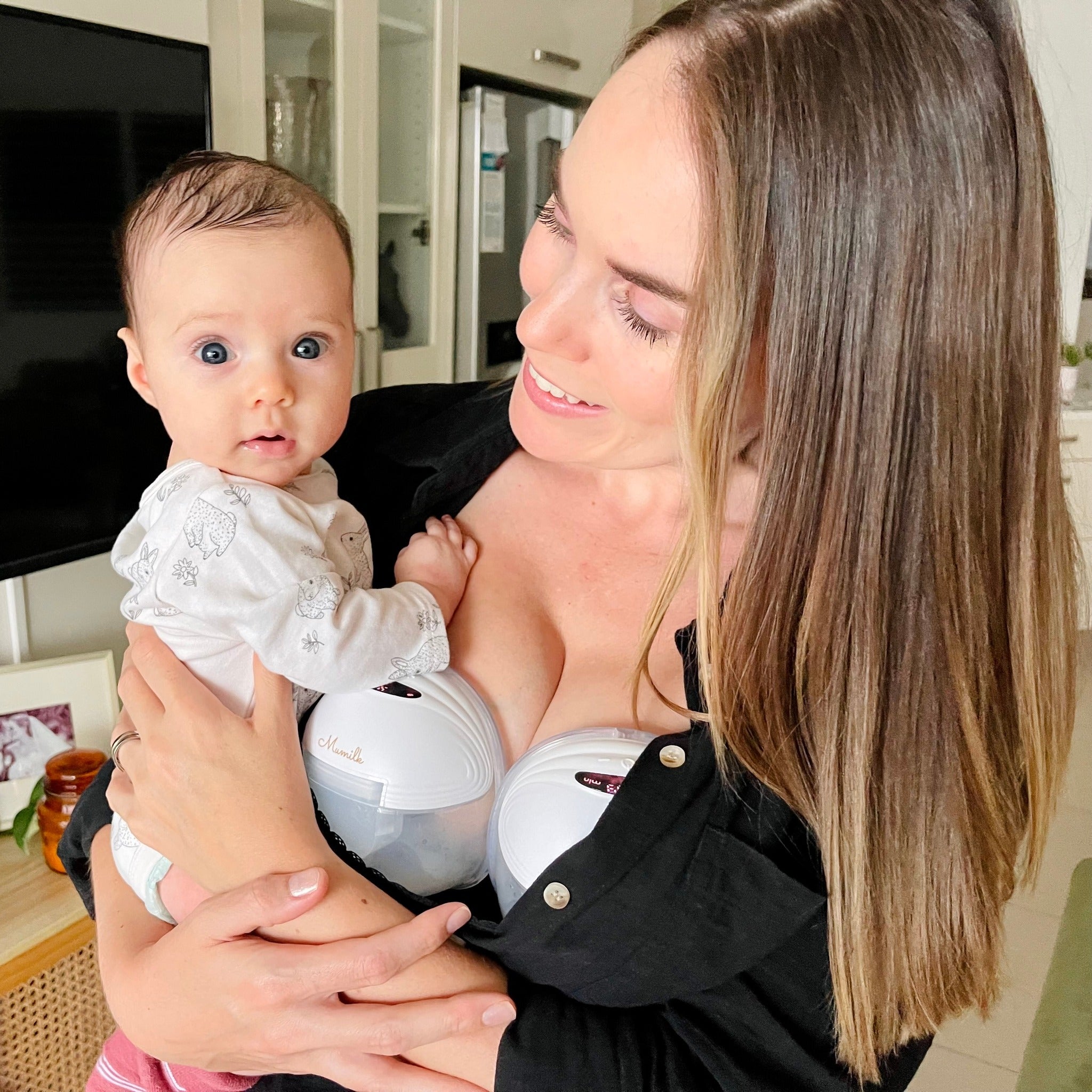
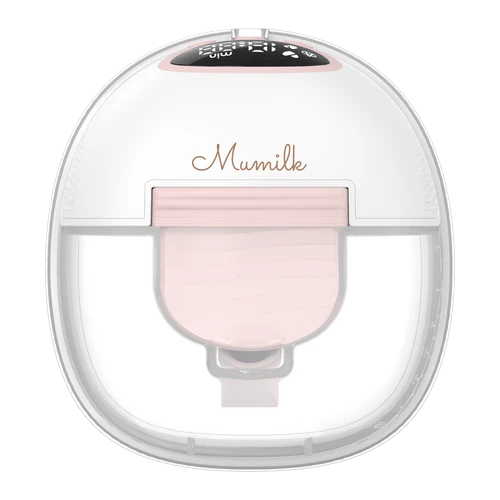
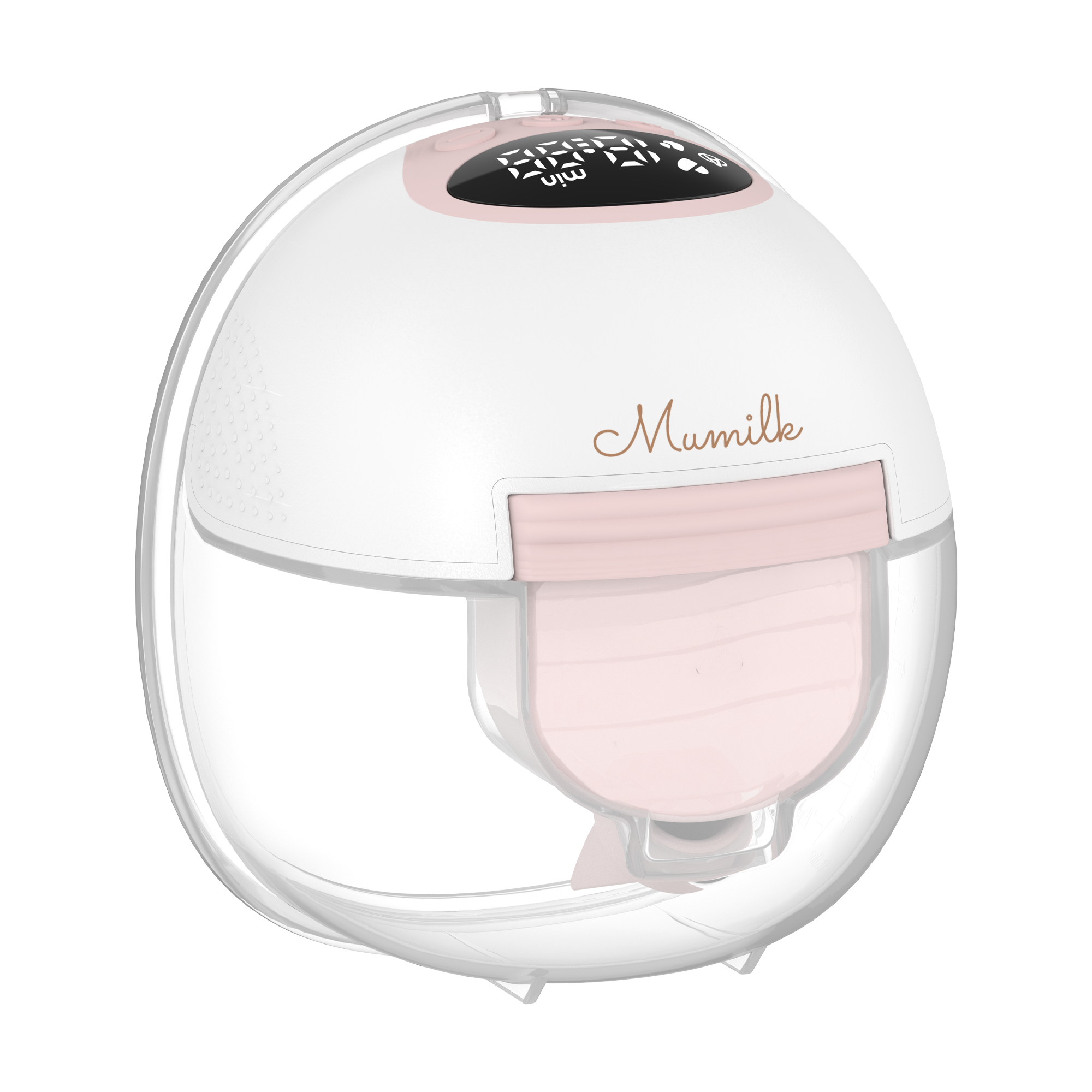
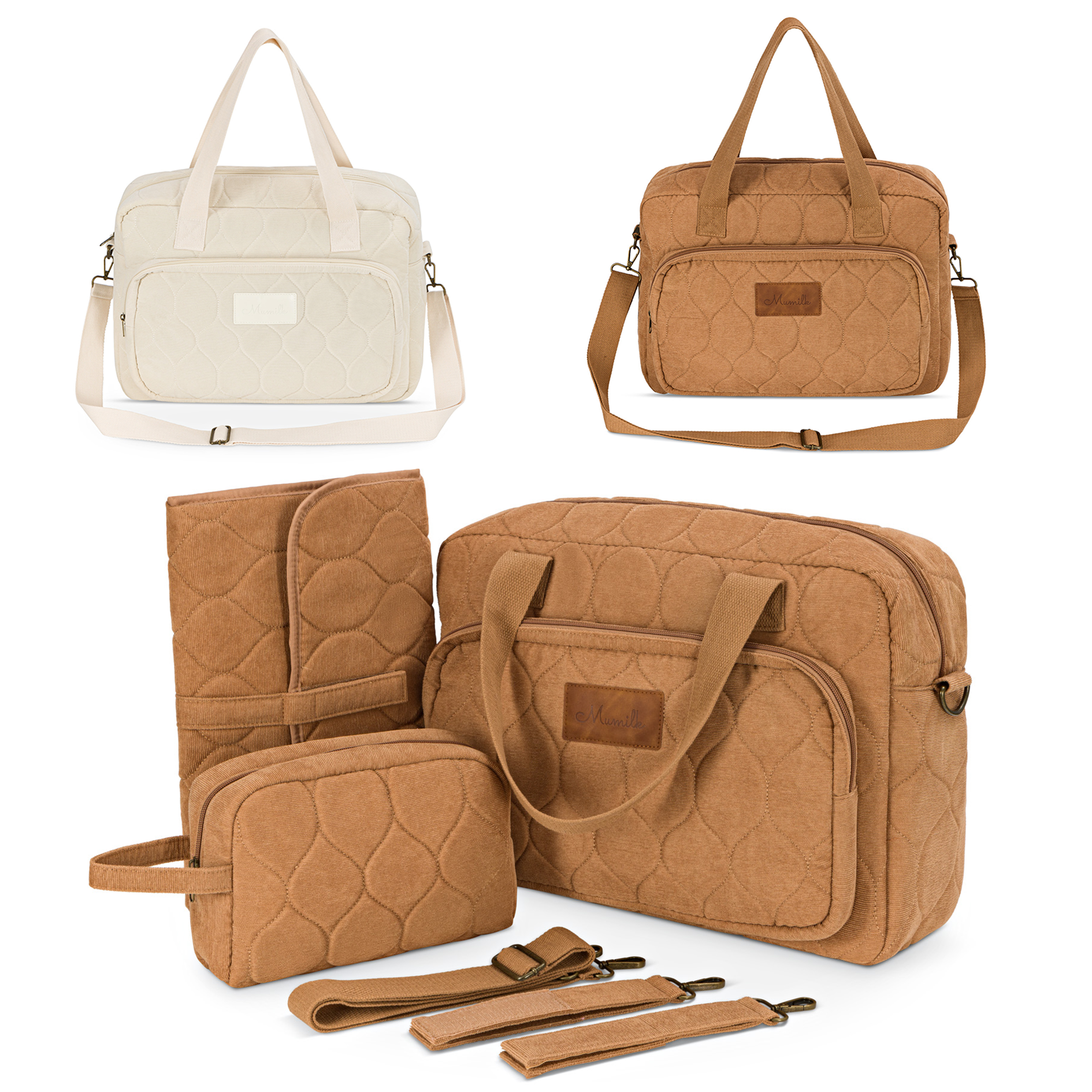
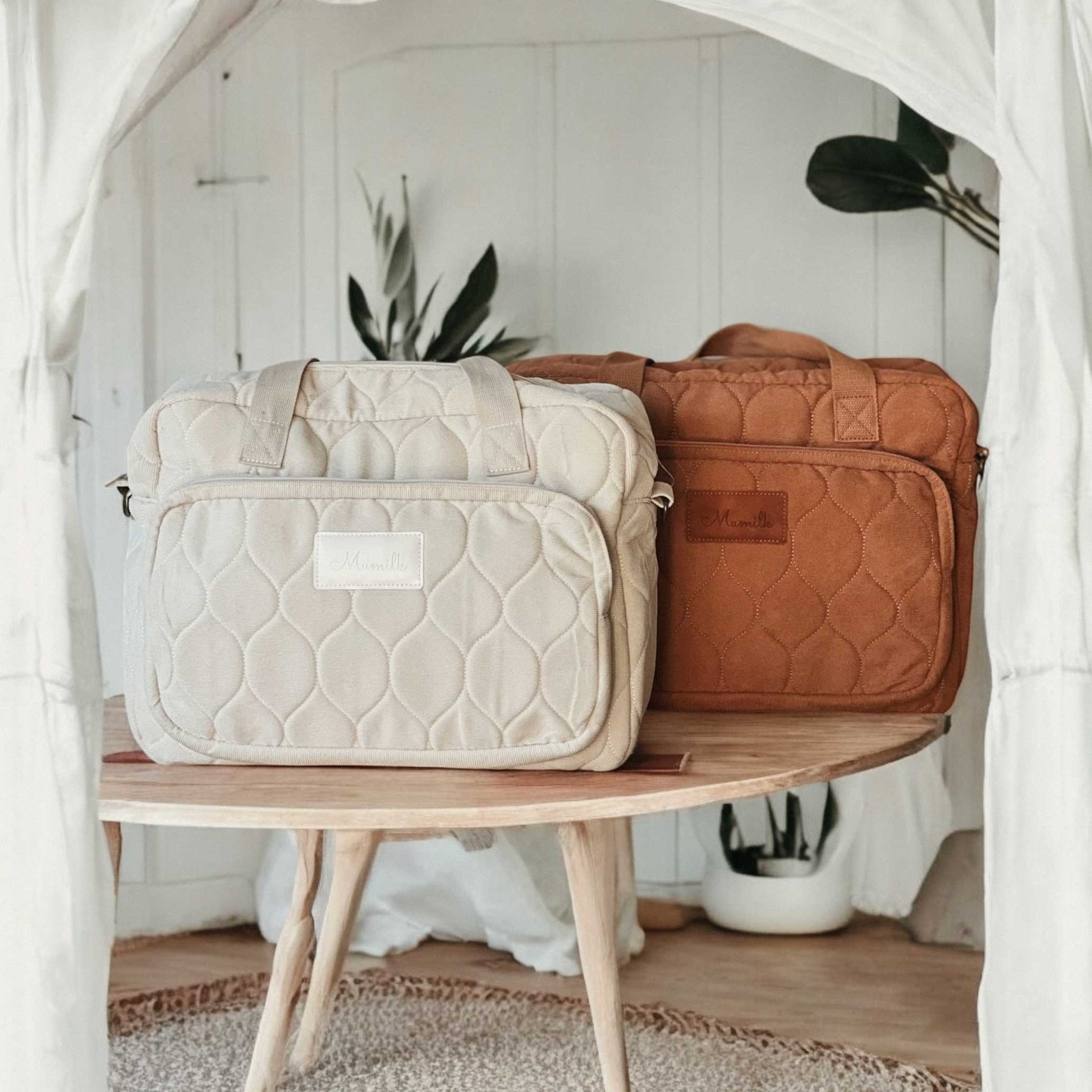
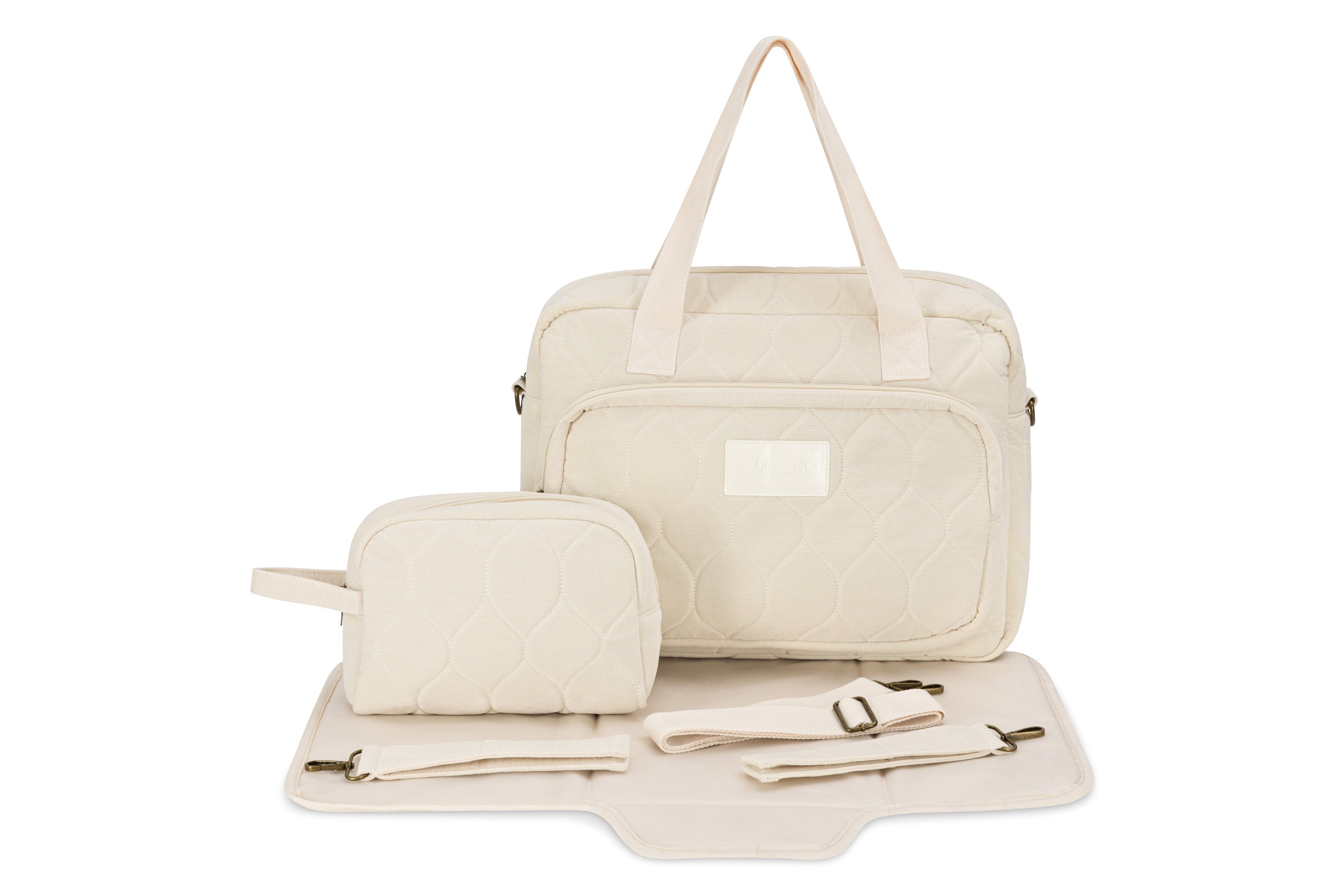
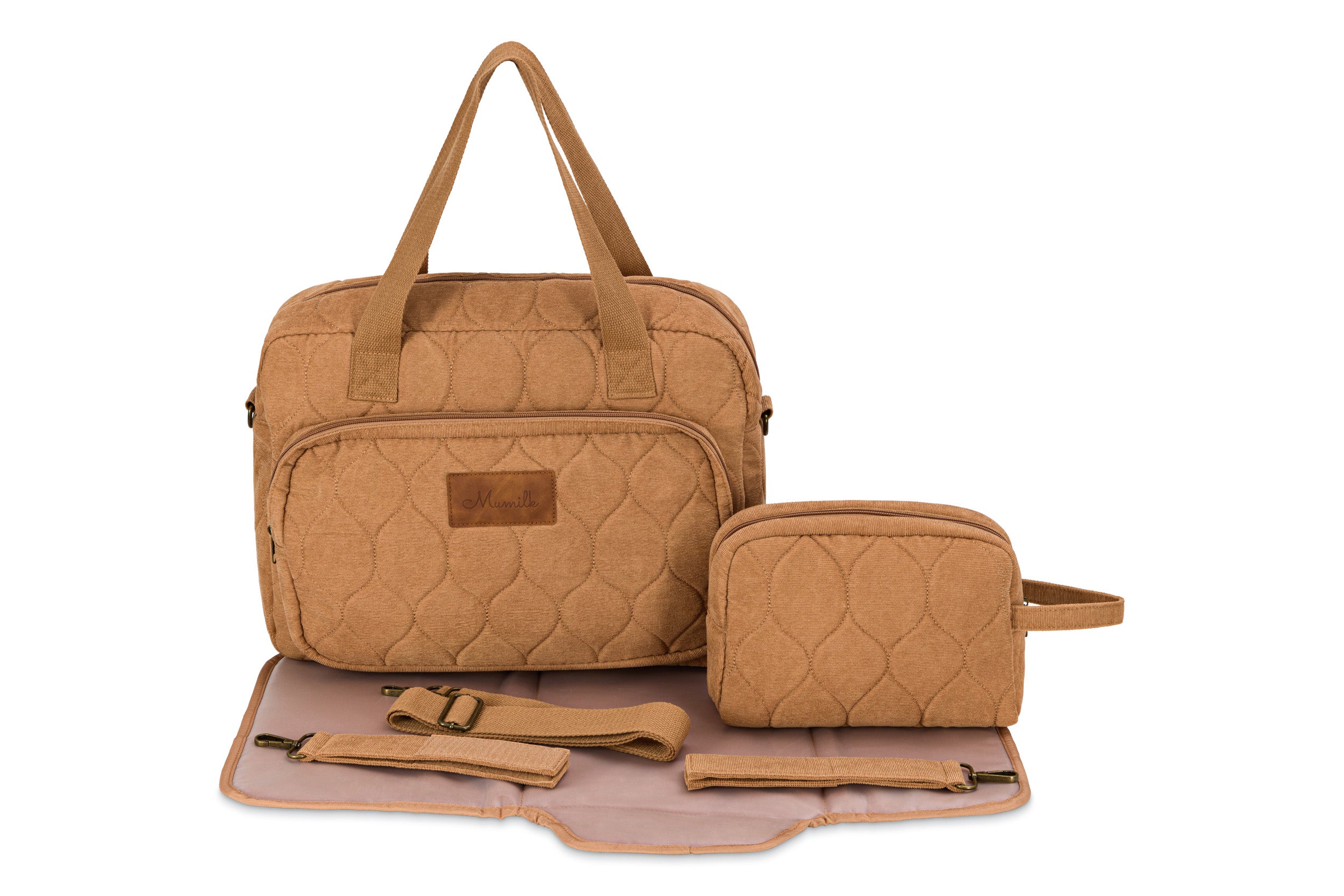
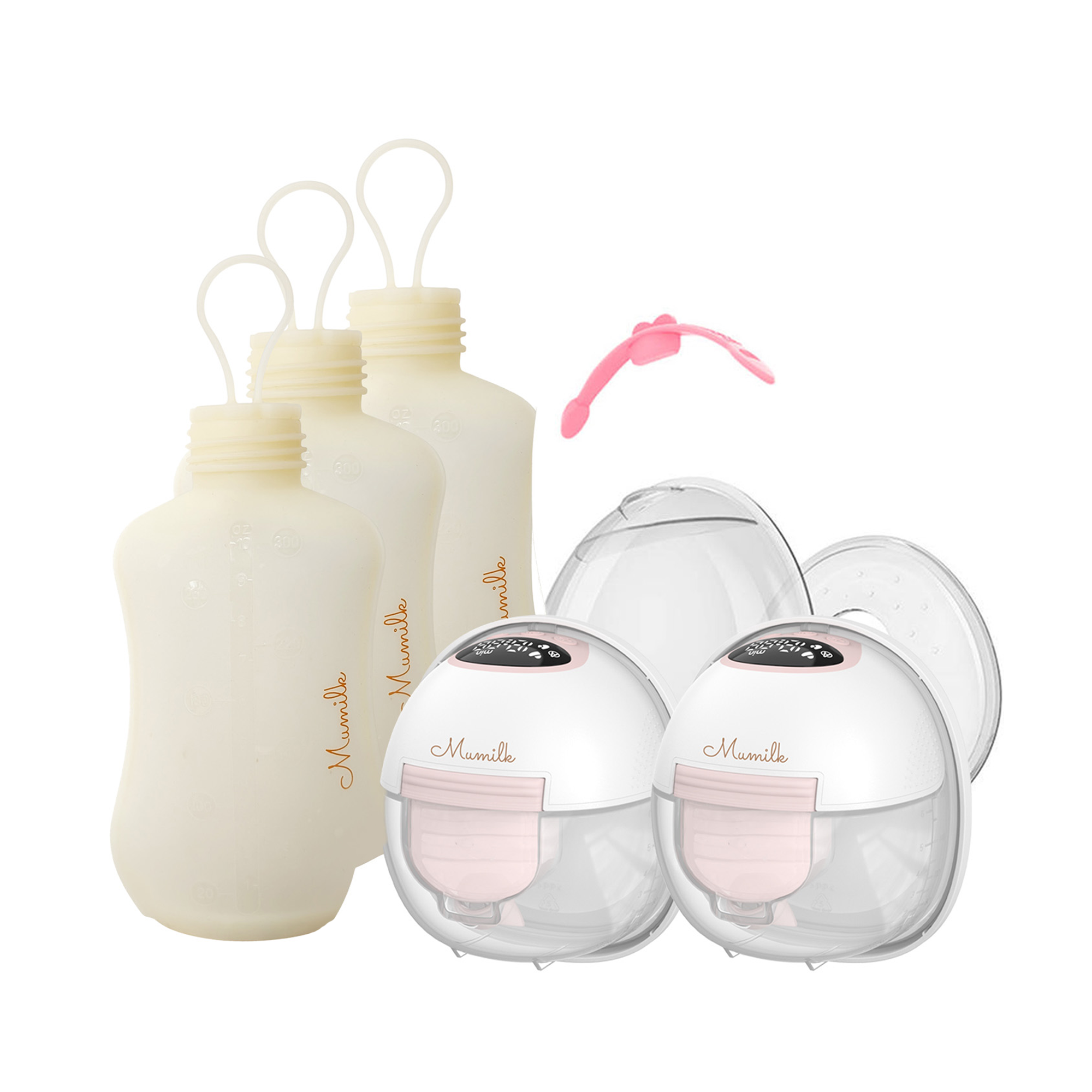
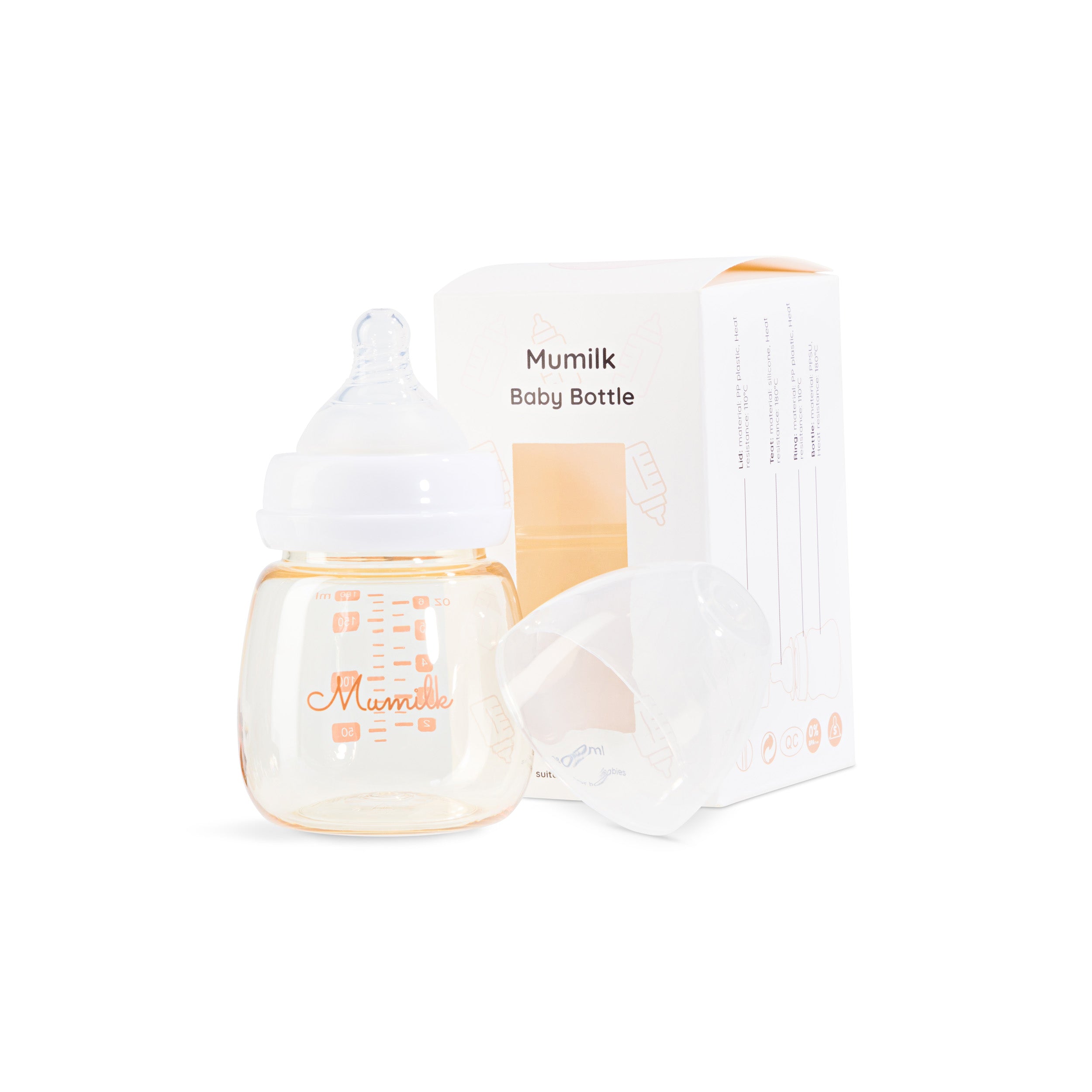
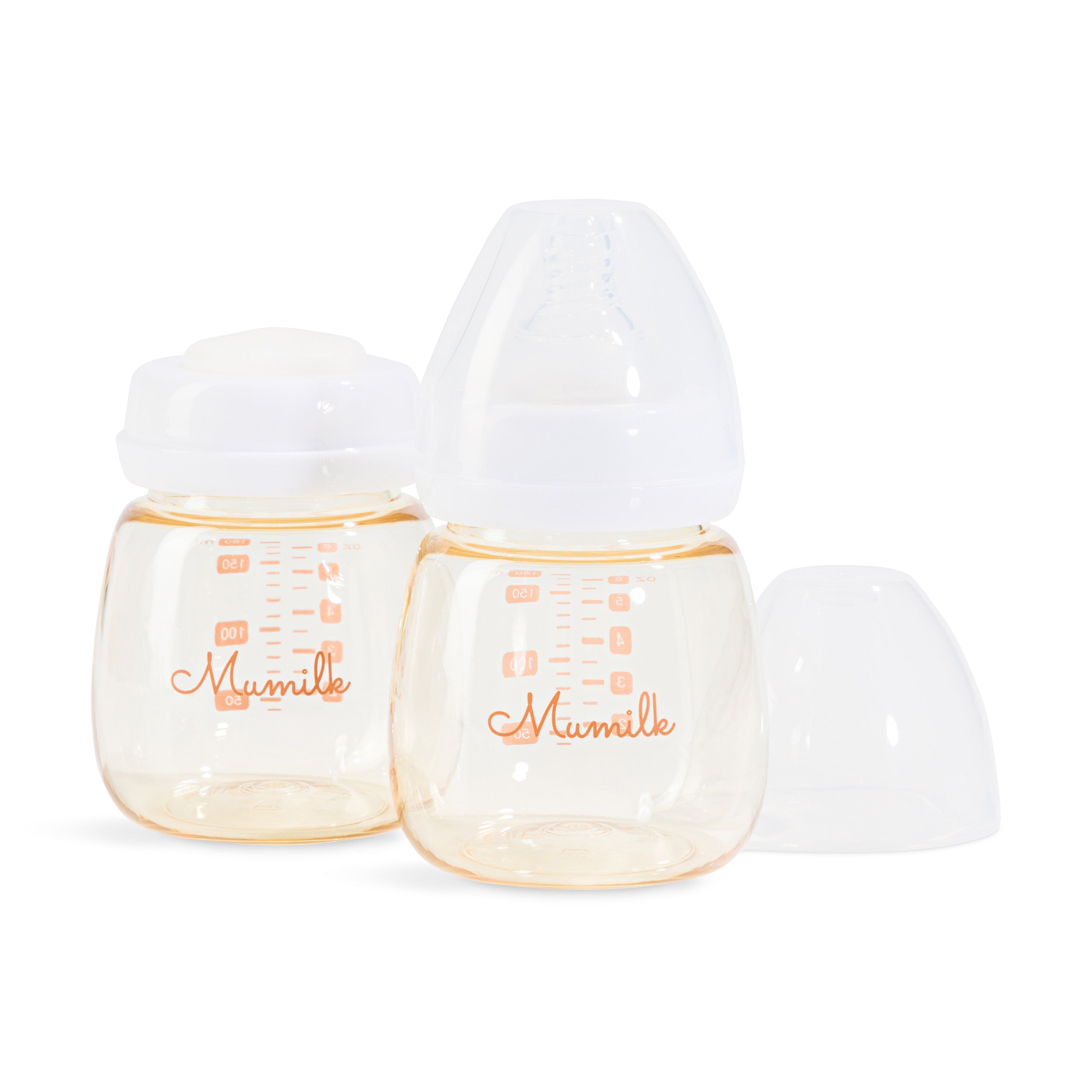
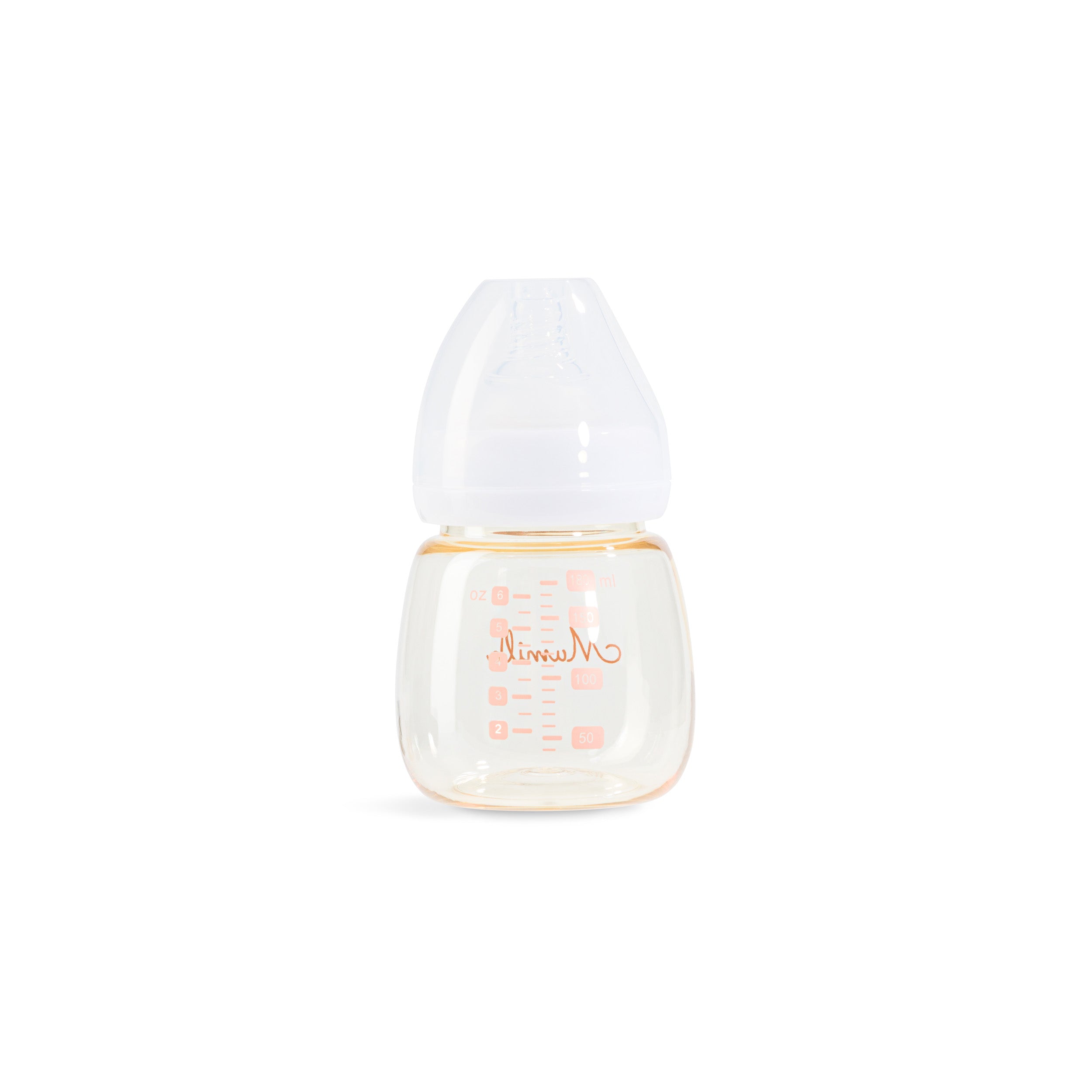
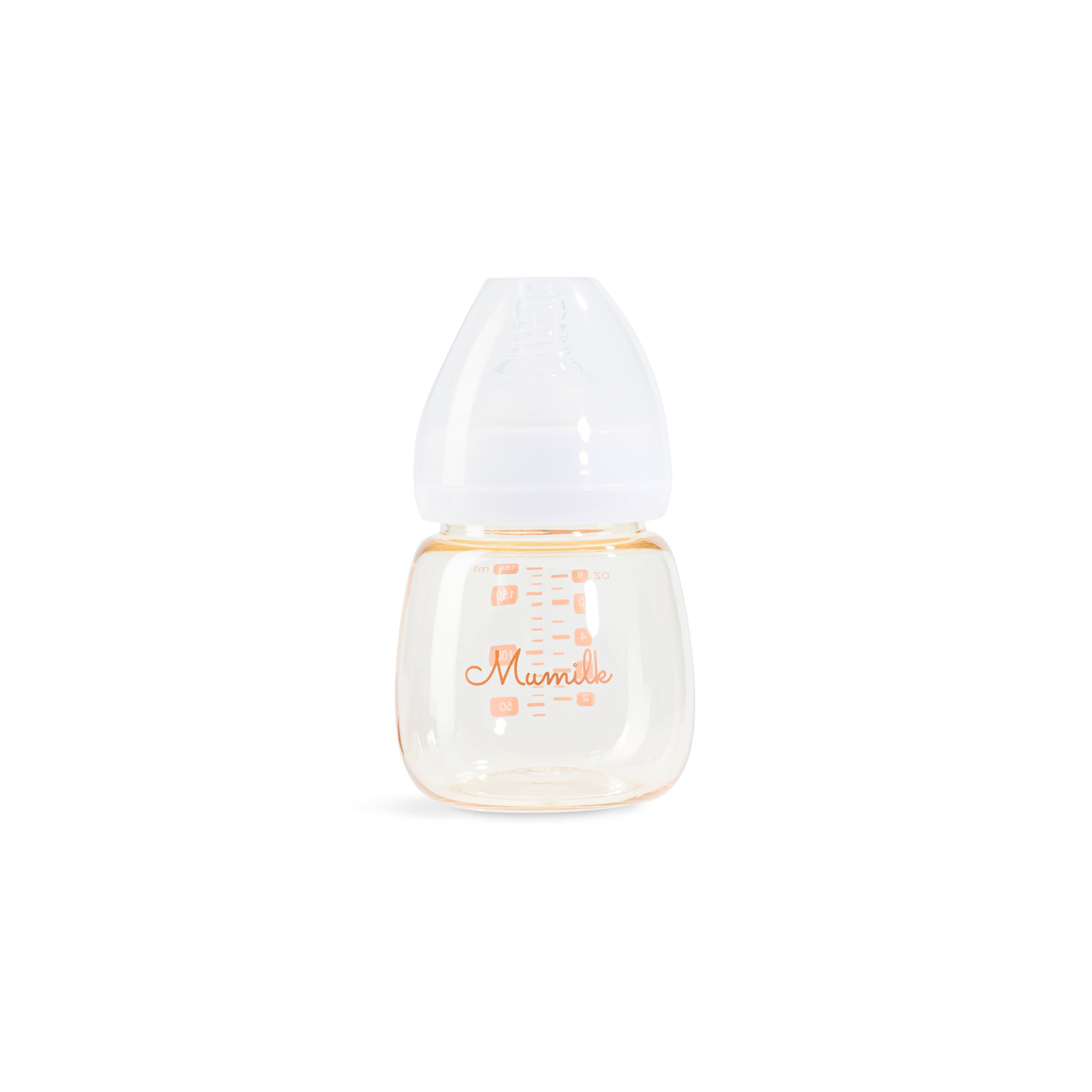
Share:
How to Use Mumilk Breast Pump?